With enthusiasm, let’s navigate through the intriguing topic related to Let’s Draw! A Beginner’s Guide to Unleashing Your Inner Artist. Let’s weave interesting information and offer fresh perspectives to the readers.
Introduction
Let’s Draw! A Beginner’s Guide to Unleashing Your Inner Artist
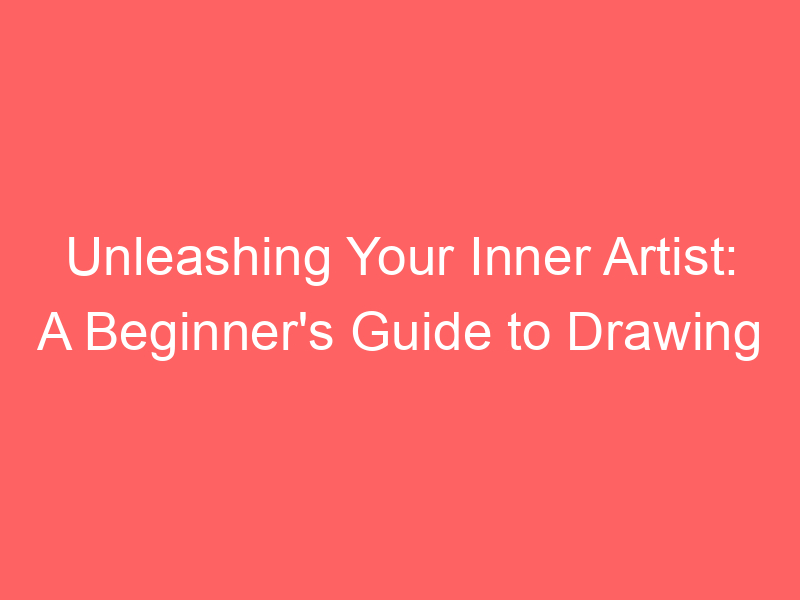
Hey there, budding artists! Welcome to the wonderful world of drawing! I’m your drawing teacher, here to guide you on a fun and exciting journey of creativity.
Before we dive into the drawing techniques, let’s talk about why drawing is so amazing:
The Benefits of Drawing:
- Boosts Creativity: Drawing allows you to express your imagination and ideas in a visual way. It’s like having a magic wand that turns your thoughts into pictures!
- Improves Observation Skills: Drawing teaches you to pay close attention to details. You’ll learn to see the world around you in a new way, noticing shapes, textures, and colors you might have missed before.
- Enhances Problem-Solving: Drawing challenges you to think critically. You’ll learn to solve problems like how to represent different shapes, how to create depth and perspective, and how to make your drawings look realistic.
- Develops Fine Motor Skills: Drawing helps you control your hand and fingers, which is important for writing, playing instruments, and many other activities.
- Reduces Stress and Promotes Relaxation: Drawing is a great way to relax and de-stress. It allows you to focus on something creative and enjoyable, taking your mind off worries and anxieties.
- Boosts Confidence: As you learn new drawing skills and see your progress, your confidence will grow. You’ll feel proud of your accomplishments and be more willing to try new things.
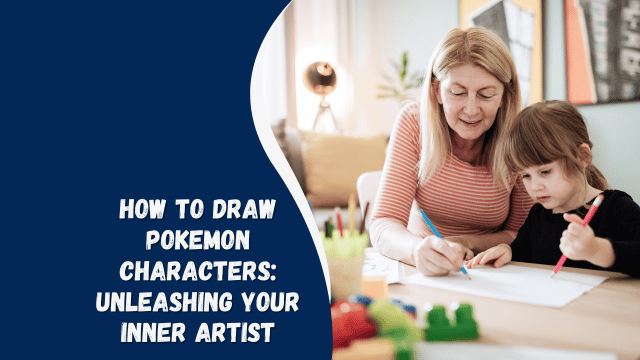
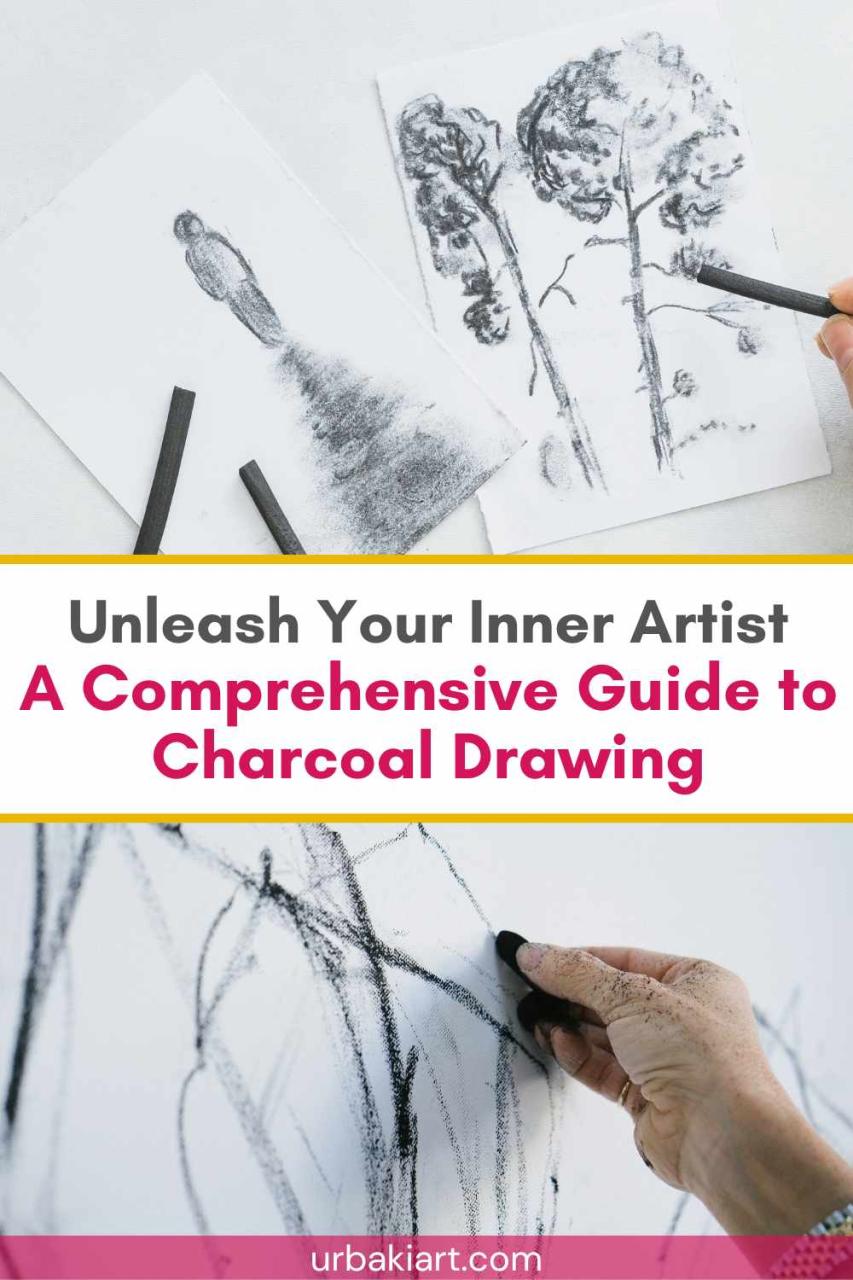
Now, let’s get started with our drawing journey!
Lesson 1: The Basics of Shapes
All drawings are made up of basic shapes. Think of them as the building blocks of your artwork.
- Circles: Start by practicing drawing circles. You can use a compass, or even trace around a round object like a coin.
- Squares: Next, learn to draw squares. Remember, a square has four equal sides and four right angles.
- Triangles: Triangles have three sides and three angles. Try drawing different types of triangles: equilateral (all sides equal), isosceles (two sides equal), and scalene (all sides different).
- Rectangles: Rectangles are like stretched-out squares. They have four sides, but only opposite sides are equal.
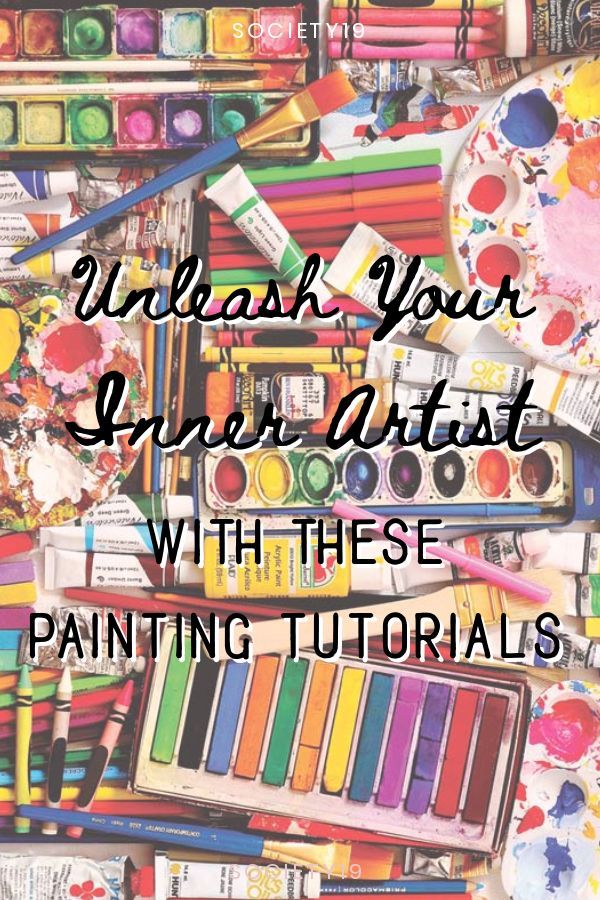
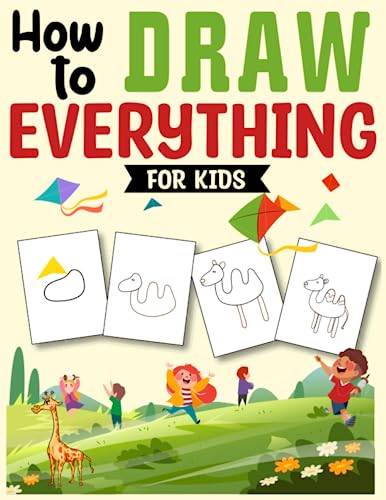
Practice Tip: Try drawing different sizes and combinations of these shapes. You can even make funny faces or simple animals using just circles, squares, and triangles!
Lesson 2: Lines and Strokes
Lines are the backbone of drawing. They help create outlines, define shapes, and add details.
- Straight Lines: Practice drawing straight lines of different lengths and thicknesses. You can use a ruler for perfect lines, or try freehand drawing.
- Curved Lines: Curved lines are like wiggly lines. Try drawing different curves, from gentle arcs to tight spirals.
- Dashed Lines: Dashed lines are made up of short, broken lines. They are useful for creating outlines and adding texture.
- Dotted Lines: Dotted lines are made up of small dots. They can be used for adding detail, creating patterns, or making your drawings look more interesting.
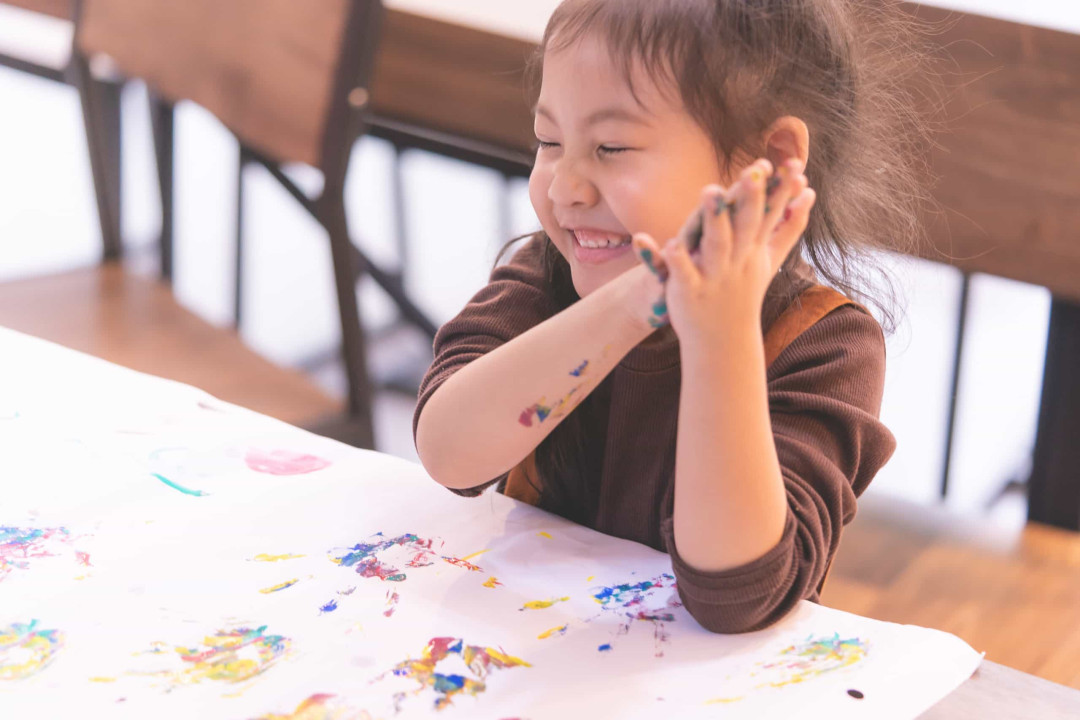
Practice Tip: Try drawing different types of lines to create different effects. For example, you can use thick lines for bold outlines and thin lines for delicate details.
Lesson 3: Adding Depth and Perspective
Perspective is the art of making your drawings look three-dimensional. It helps us create a sense of depth and space in our artwork.
- Overlapping: When one object is placed in front of another, the object in the back appears smaller and partially hidden. This creates a sense of depth.
- Size: Objects that are closer to the viewer appear larger, while objects that are farther away appear smaller.
- Color: Colors can also help create depth. For example, lighter colors appear closer, while darker colors appear farther away.
Practice Tip: Try drawing a simple scene, like a house or a tree, using overlapping, size, and color to create a sense of depth.
Lesson 4: Adding Details and Texture
Details are the small things that make your drawings more interesting and realistic.
- Shading: Shading is a technique that uses different shades of a color to create the illusion of light and shadow. This helps give your drawings a three-dimensional look.
- Hatching: Hatching is a technique that uses parallel lines to create shading. You can use different line thicknesses and directions to create different effects.
- Cross-Hatching: Cross-hatching is similar to hatching, but you use lines that cross over each other. This creates darker and more textured shading.
- Stippling: Stippling is a technique that uses dots to create shading. You can use different sizes and densities of dots to create different effects.
Practice Tip: Try adding details and texture to your drawings of shapes and objects. Experiment with different shading techniques to see what effects you can create.
Lesson 5: Drawing from Imagination
Once you’ve mastered the basics of drawing, you can start drawing from your imagination!
- Think of a Story: What kind of story do you want to tell with your drawing?
- Sketch Your Ideas: Start by sketching out your ideas on paper. Don’t worry about making it perfect at this stage. Just get your thoughts down on paper.
- Add Details: Once you have a basic outline, you can start adding details to your drawing. Use your imagination to create interesting characters, backgrounds, and objects.
- Experiment: Don’t be afraid to experiment with different colors, textures, and techniques. The more you experiment, the more creative you’ll become!
Practice Tip: Set a timer for 5 minutes and try to draw as many different things as you can from your imagination. You’ll be surprised at what you can create!
FAQs:
1. What kind of drawing materials do I need?
You can start with simple materials like pencils, crayons, markers, and paper. As you progress, you can explore other materials like charcoal, pastels, and paint.
2. How often should I practice drawing?
The more you practice, the better you’ll become. Try to draw for at least 15 minutes each day. Even a few minutes of practice can make a big difference!
3. What if I’m not good at drawing?
Everyone starts somewhere! Don’t be afraid to make mistakes. That’s how you learn and grow. Just keep practicing and have fun!
4. What are some good drawing ideas for beginners?
Start with simple objects like fruits, vegetables, or toys. You can also try drawing animals, people, or landscapes.
5. Where can I find more drawing inspiration?
Look at art books, magazines, and websites. You can also visit art museums and galleries to see the work of other artists.
Remember, drawing is a journey, not a destination. Enjoy the process, be creative, and have fun!
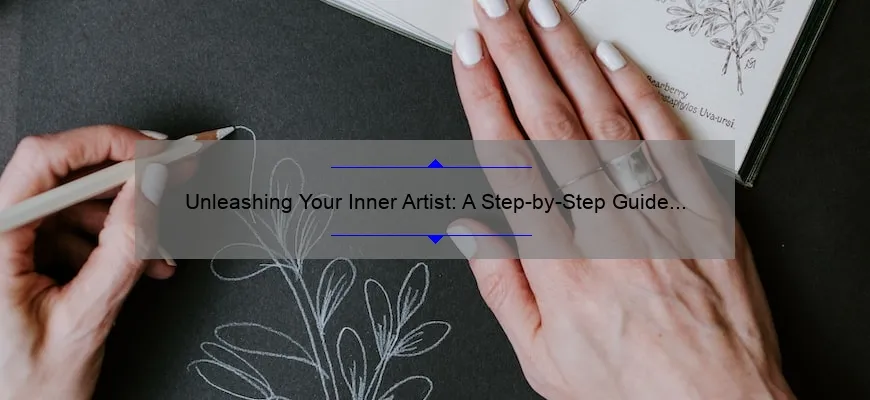
Thus, we hope this article has provided valuable insights into Downloads Let’s Draw! A Beginner’s Guide to Unleashing Your Inner Artist. We hope you find this article informative and beneficial. See you in our next article!
 apapunada.my.id News Bisnis Technology Tutorial
apapunada.my.id News Bisnis Technology Tutorial